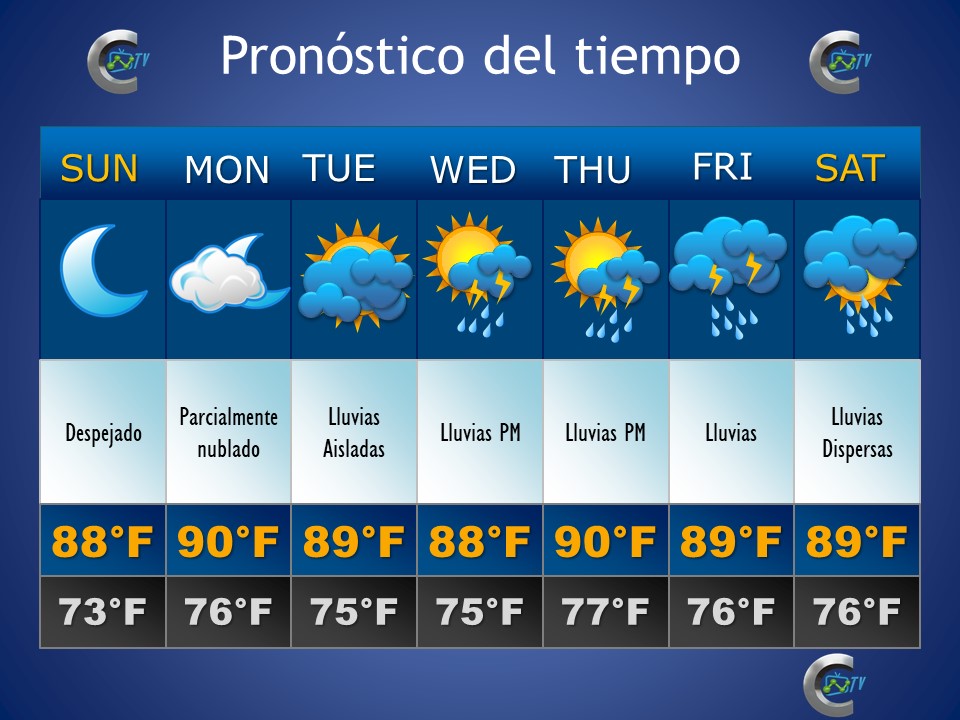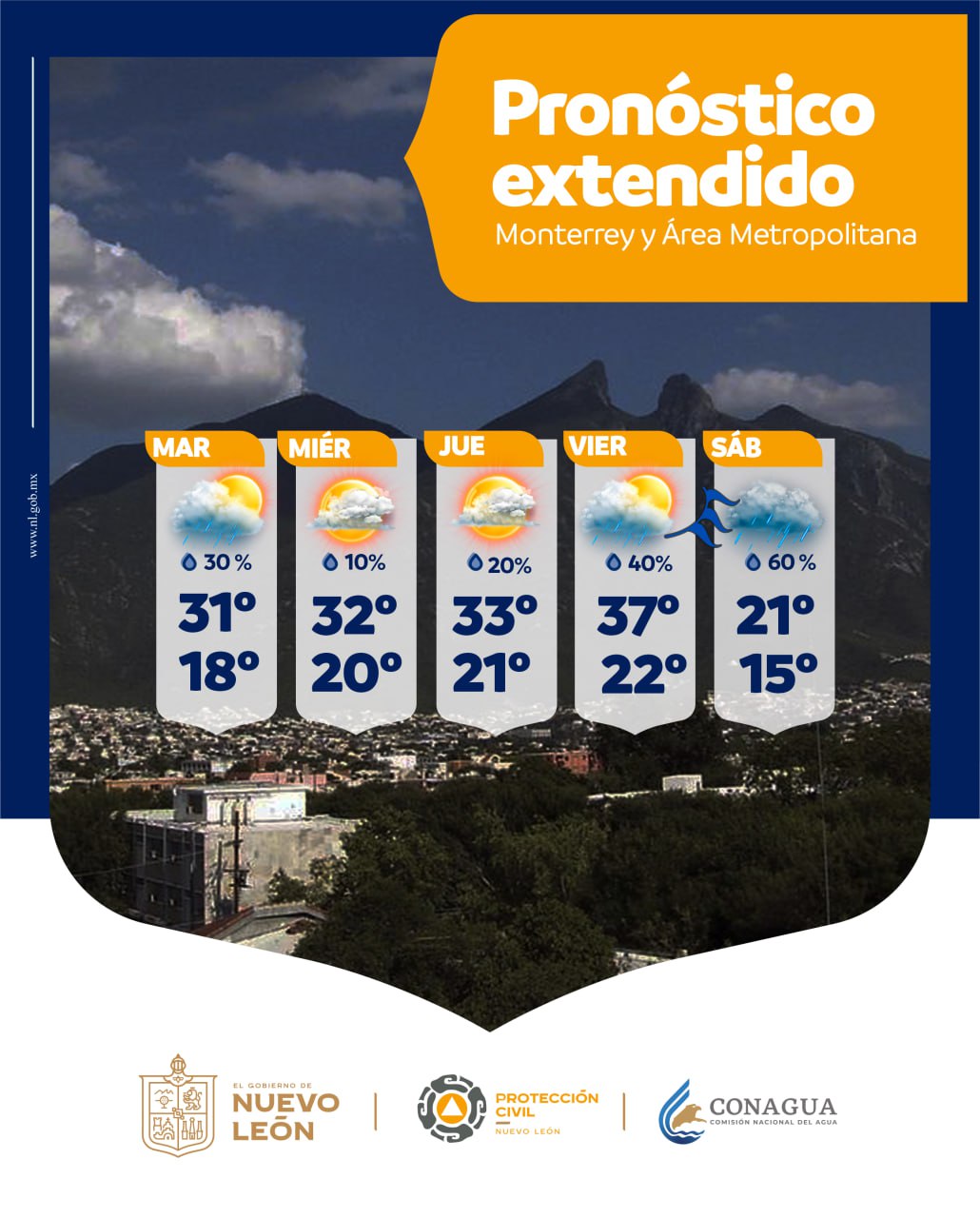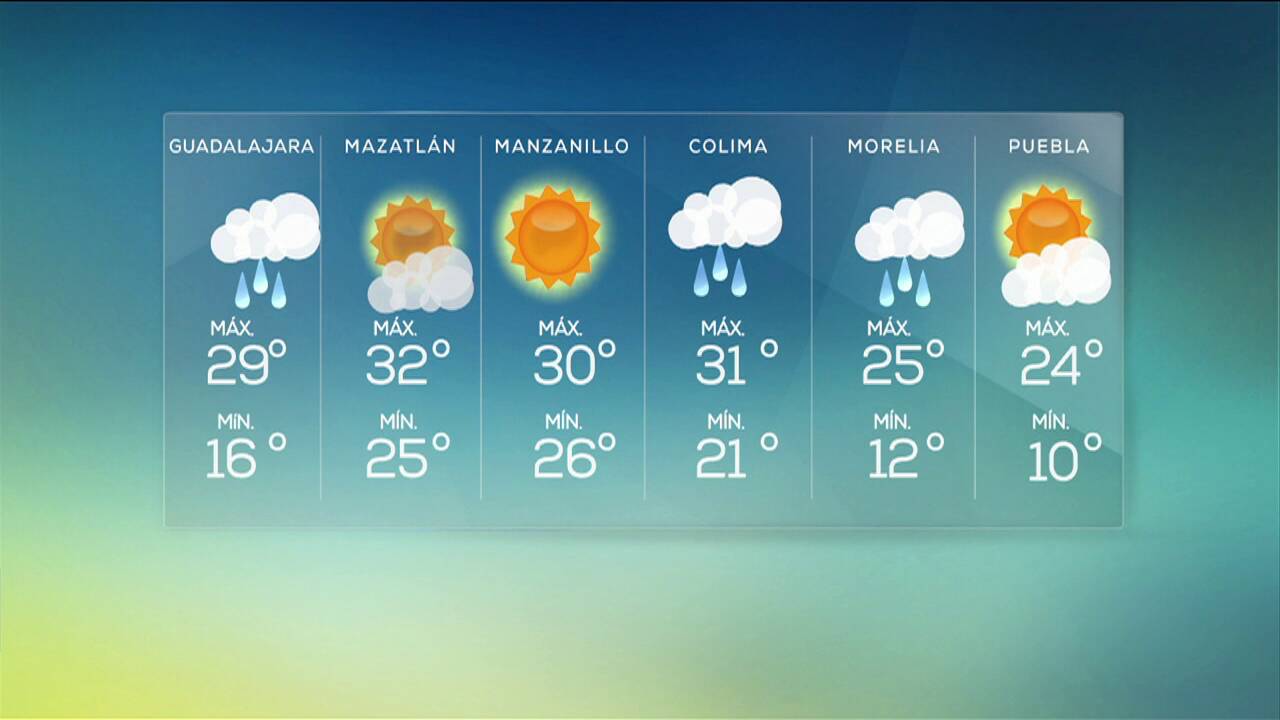[Pronóstico Del Tiempo]

Executive Summary

[This article provides a comprehensive overview of weather forecasting, exploring its various aspects, from the science behind it to the tools used to predict future weather conditions. We delve into the complexities of atmospheric phenomena and the advancements in technology that have revolutionized weather forecasting. The article aims to inform readers about the importance of accurate weather predictions and the critical role they play in our daily lives, from personal decisions to large-scale infrastructure projects. Through this exploration, we seek to foster a deeper understanding of the intricate interplay between weather and human activity.]

Introduction
[Weather forecasting is an essential aspect of modern life, impacting everything from our daily routines to major infrastructure projects. Accurate predictions are crucial for ensuring safety, planning activities, and making informed decisions. This article will delve into the world of weather forecasting, exploring the science behind it, the tools used to make predictions, and the impact it has on our lives.]
Frequently Asked Questions (FAQ)
1. How accurate are weather forecasts?
[Weather forecasts are becoming increasingly accurate due to advancements in technology and data analysis. However, weather is a complex phenomenon, and uncertainties always exist. The accuracy of forecasts varies depending on the time frame and location. Short-term forecasts (up to 3 days) are generally more reliable than long-term forecasts (7 days or more).]
2. What are the different types of weather forecasts?
[There are various types of weather forecasts, each catering to specific needs. Numerical weather prediction (NWP) uses mathematical models to simulate atmospheric conditions. Ensemble forecasting utilizes multiple NWP models to provide a range of possible outcomes. Statistical forecasting relies on historical data and statistical analysis to predict future weather patterns. Probabilistic forecasting assigns probabilities to different weather events, providing a more nuanced assessment of uncertainties.]
3. How can I improve my understanding of weather forecasts?
[Understanding weather forecasts requires familiarizing yourself with the terminology used and the different types of information provided. Pay attention to the forecast’s validity period, confidence levels, and any associated warnings or advisories. Consult reliable weather sources, such as reputable meteorological agencies or professional meteorologists, for accurate and up-to-date information.]
The Science Behind Weather Forecasting
[Weather forecasting relies on the fundamental principles of physics and the understanding of atmospheric dynamics. Meteorologists study atmospheric conditions, including temperature, pressure, humidity, and wind patterns, to understand how these elements interact and influence weather patterns. The atmosphere is a complex system, constantly in motion, making accurate predictions a challenging task.]
- Atmospheric Pressure: [Differences in atmospheric pressure drive air movement. Low-pressure areas are associated with rising air, leading to cloud formation and precipitation. High-pressure areas, conversely, are characterized by sinking air, resulting in clear skies and fair weather.]
- Temperature: [Temperature differences create thermal gradients, driving air circulation. Warmer air rises, while cooler air sinks. These temperature variations influence the formation of weather systems and precipitation patterns.]
- Humidity: [Humidity refers to the amount of moisture in the air. Higher humidity levels contribute to cloud formation and precipitation, as water vapor condenses into droplets.]
- Wind Patterns: [Wind patterns are generated by differences in atmospheric pressure and are influenced by the Earth’s rotation. Global wind patterns play a significant role in distributing heat and moisture around the globe.]
- Weather Fronts: [Weather fronts occur when air masses with different temperatures and humidities meet. Cold fronts bring cooler temperatures, gusty winds, and sometimes precipitation. Warm fronts, on the other hand, often produce light rain or snow and warmer temperatures.]
Tools and Technology in Weather Forecasting
[Advances in technology have revolutionized weather forecasting, providing meteorologists with sophisticated tools to analyze data and make more accurate predictions.]
- Weather Satellites: [Weather satellites provide continuous observation of the Earth’s atmosphere, capturing images and data on cloud formations, precipitation, and other atmospheric variables. Data from satellites is crucial for understanding large-scale weather patterns and monitoring storms.]
- Weather Balloons: [Weather balloons are launched twice daily, carrying instruments that measure temperature, pressure, humidity, and wind speed at various altitudes. Data from balloons helps to create vertical profiles of the atmosphere, providing valuable information for weather models.]
- Weather Radar: [Weather radar emits radio waves that reflect off precipitation particles, providing information on the location, intensity, and movement of storms. Radar data is essential for monitoring severe weather events and issuing timely warnings.]
- Numerical Weather Prediction (NWP): [NWP models use complex mathematical equations to simulate the atmosphere’s behavior. These models incorporate data from various sources, including satellites, balloons, and surface observations, to provide detailed forecasts for various weather variables.]
- Supercomputers: [Supercomputers are essential for running NWP models, which require vast computational power to process massive amounts of data and simulate atmospheric conditions. The availability of supercomputers has significantly enhanced the accuracy and detail of weather forecasts.]
The Impact of Weather Forecasting on Our Lives
[Accurate weather forecasts have a profound impact on our lives, influencing decisions ranging from daily activities to critical infrastructure projects.]
- Personal Decisions: [Weather forecasts guide our daily routines, helping us plan outdoor activities, choose clothing, and make decisions related to travel and commuting. They also inform us about potential hazards such as severe storms, heat waves, or winter storms.]
- Agriculture: [Farmers rely heavily on weather forecasts for planting, irrigation, and harvesting decisions. Accurate predictions help them maximize yields and minimize losses due to adverse weather conditions.]
- Transportation: [Weather forecasts are crucial for safe and efficient transportation operations. They help airlines plan routes, avoid storms, and ensure passenger safety. They also guide road crews in preparing for winter storms and other weather events.]
- Infrastructure Projects: [Construction projects, particularly those involving outdoor work, are significantly influenced by weather forecasts. Predicting potential hazards, such as high winds, heavy rain, or extreme temperatures, allows contractors to adjust plans and ensure worker safety.]
- Disaster Management: [Weather forecasts play a critical role in disaster preparedness and response. They help agencies identify potential hazards, issue timely warnings, and coordinate rescue efforts. Accurate predictions save lives and minimize property damage during extreme weather events.]
Conclusion
[Weather forecasting is an integral part of our modern world, providing crucial information that impacts our daily lives and influences major decision-making. The science of weather forecasting continues to evolve, with advancements in technology and data analysis constantly improving the accuracy and detail of predictions. As we become increasingly reliant on accurate forecasts, understanding the principles behind them and the impact they have on our lives is essential for making informed decisions and navigating the complexities of our weather-dependent world.]
Keywords:
[Weather Forecasting, Meteorology, Atmospheric Science, Numerical Weather Prediction, Weather Satellites, Weather Radar, Weather Balloons, Climate Change, Climate Modeling]






